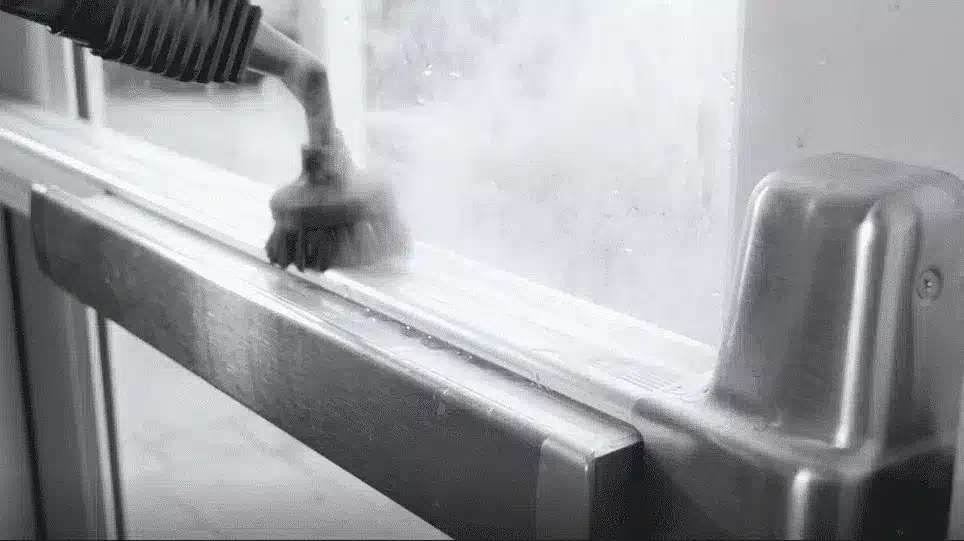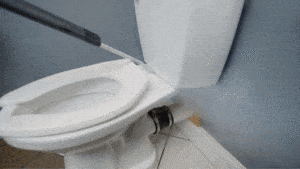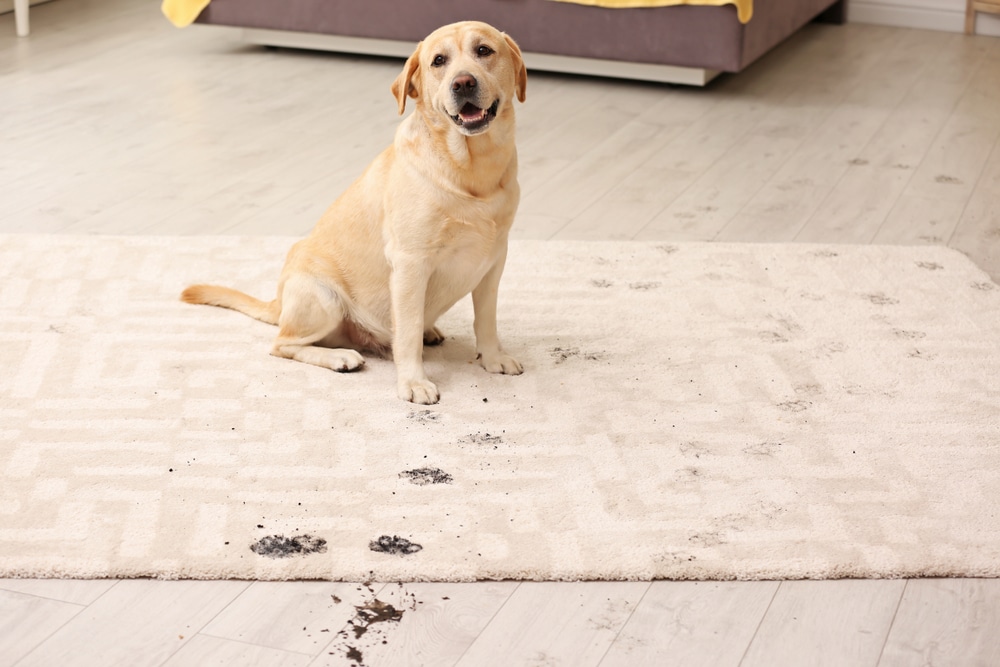With all this craziness going on in the world, and so many questions about cleaning being un-answered, I thought it would be good to talk about how Dry-Vapor Steam is a great solution to killing the spread of germs and bacteria.
For years, hospitals have used Autoclave machines to sterilize surgical equipment. There has been a proven track-record of data showing how it will kill bacteria quicker, and more effectively that the use of chemicals. Most people don’t understand that there is a “dwell-time” with every chemical. Some are a couple of minutes. Some have dwell-times’ of up to 10 minutes. What people don’t realize is when you use that cleaning wipe, or apply that cleaning spray, you are not providing the effective amount of time for the chemicals to dwell and truly kill the bacteria on the surface. Yet, all of us continue to use them looking for that instant fix! Thinking that “it has to work, the CDC said it would”. In all actuality, that’s not the case. What we are really doing is providing a stomping ground for bacteria to plant some roots and become active.
As everyone continues to try to find alternatives to cleaning and disinfecting, more and more often we are seeing people switching to steam. Steam is 100% chemical-free and has almost and instant dwell-time in most cases. With temperatures exceeding 200 degrees fahrenheit, it will kill pretty much any bacteria in its path.
Now let’s talk about the facts!
Dry-Vapor Steam: There is no such thing as “Dry” steam. The term is used in reference to the level of acceptable dryness associated with the acceptable level of moisture. This is calculated by measuring the temperature change in a known amount of water in relation to the mass of steam that is required, to cause that temperature change. The acceptable amount ranges from 5-10% moisture, and 90-95% “dryness”. Dryness above 90% is acceptable for laboratory autoclaves, which is what kills germs and bacteria on surgical tools. So, when you hear the term “dry-steam”, know that steam will always provide a certain level of moisture based on the amount of usage.
Wet-Steam: Anything below 90% dryness, is considered “Wet” steam. Wet steam doesn’t transmit the same amount of energy that Dry steam does. Therefore, anything below 90% dryness could essentially still have active bacteria on the surface.
The point of educating you on the difference of the two types of steam, is to help people understand how steam has become an effective method to sanitizing and sterilizing surfaces. Of course, these large organizations are putting out data saying that chemicals are the only way to clean surfaces. But let’s be real, we know that’s not the only way you can remove bacteria.
Steam is a great alternative to using chemicals, especially for those who might be immune deficient. In the end, no one can pinpoint the perfect application. We can only practice safe, clean habits to help prevent the spread of bacteria. Frankly, steam is a better way to clean!



